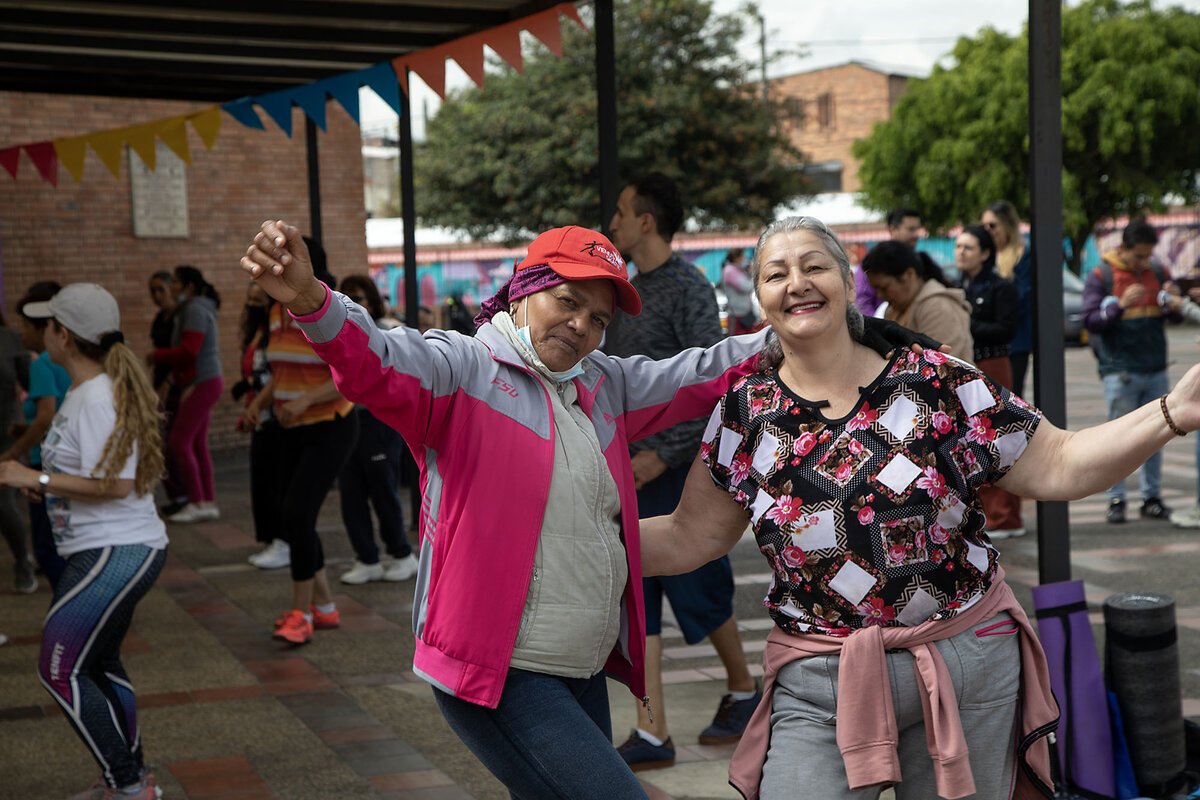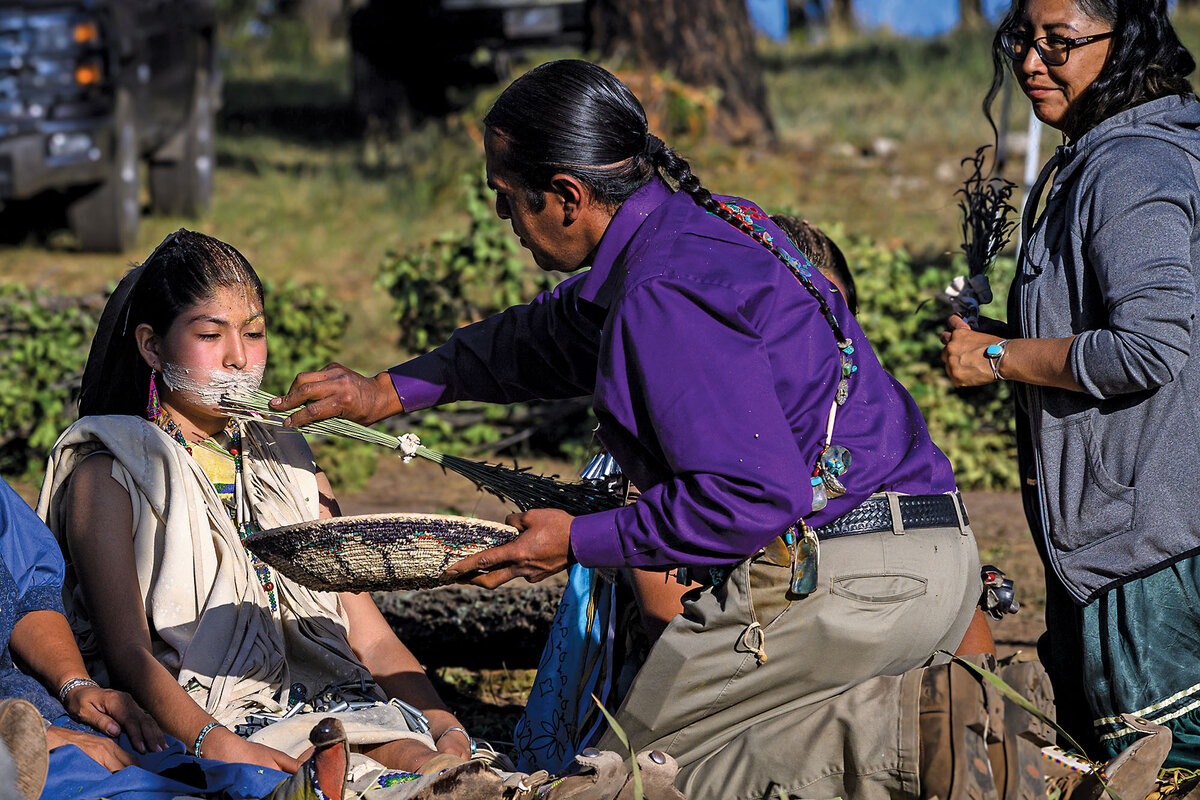It is unusual in Britain for ethnic groups to vote along religious lines. But the leading political parties’ tepid response to Israel’s war in Gaza is prompting Muslims to favor independent candidates.
Monitor Daily Podcast
- Follow us:
- Apple Podcasts
- Spotify
- RSS Feed
- Download
 Amelia Newcomb
Amelia Newcomb
Do presidential debates matter?
That’s a question our story today asks. It’s one we may get some answers to this week, when Joe Biden and Donald Trump meet on the debate stage, kicking off their campaigns in earnest.
We’ll have two more related stories: Story Hinckley will preview Thursday’s debate tomorrow, and Cameron Joseph will offer a postevent analysis Friday. Cameron joined the Monitor this week, bringing with him 15 years of experience writing about campaigns and politics, most recently for Vice News, the Los Angeles Times, and The Guardian.
Looking ahead to Thursday, Cameron notes that most Americans hold strong opinions about the candidates at this point. But that doesn’t mean those views can’t shift. “This is the earliest we’ve seen a general election presidential debate,” he says. “That means voters might not remember this by November, but it gives both candidates their first good chance of the campaign to redefine themselves.”










